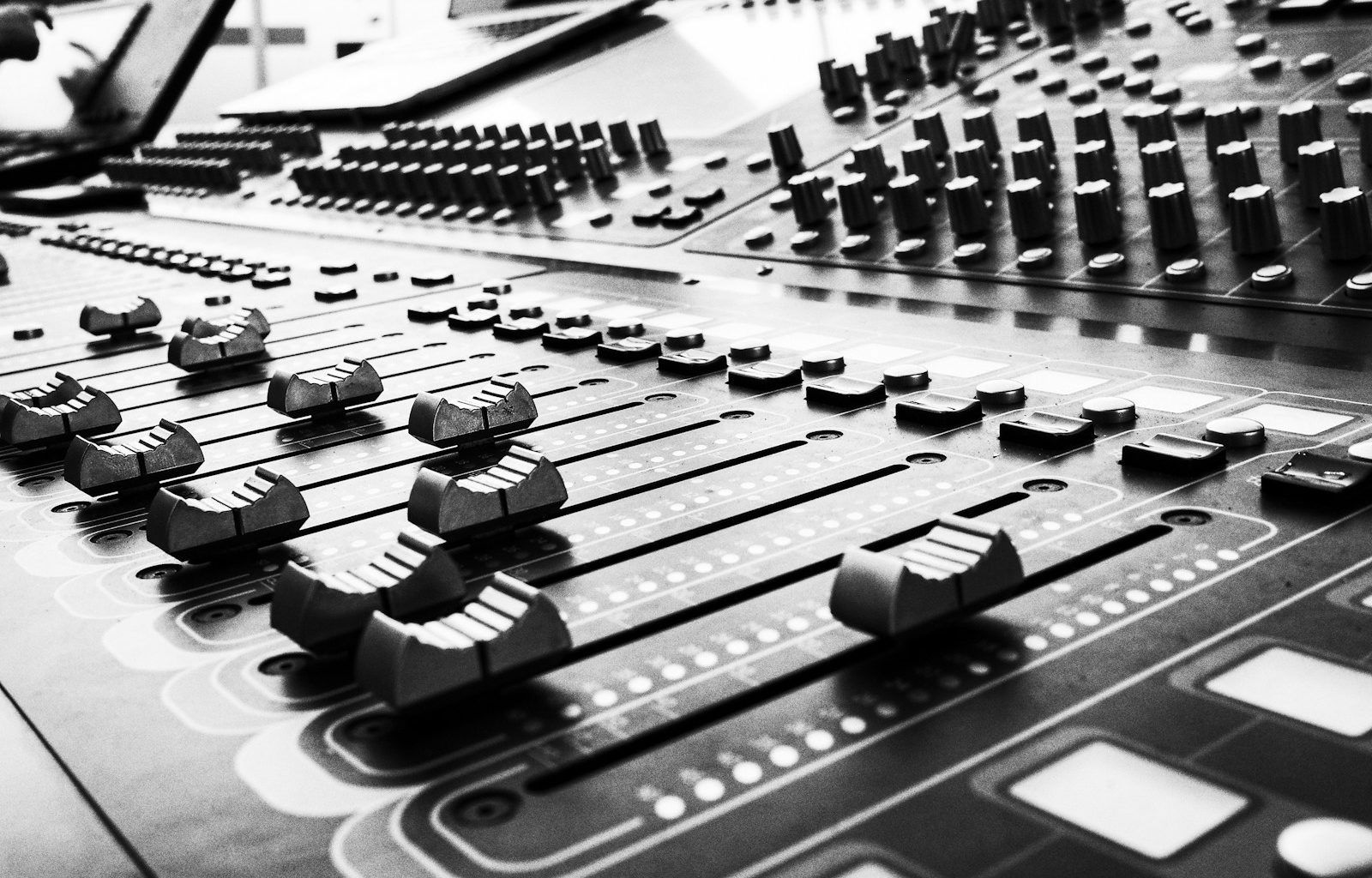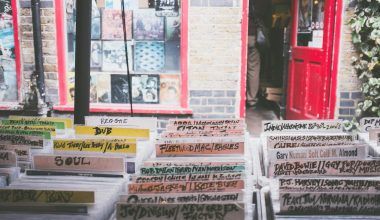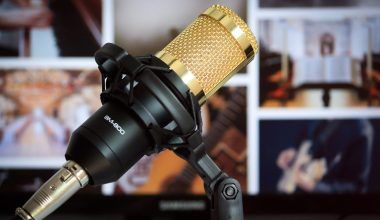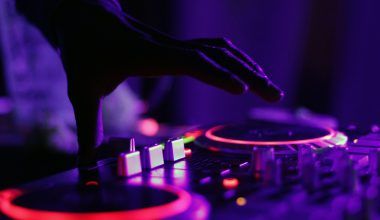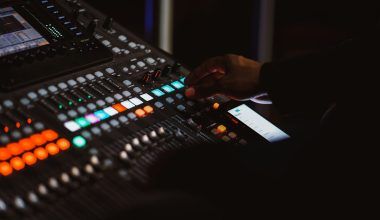Creating an at-home music studio is a dream for many musicians, producers, and audio enthusiasts. Whether you’re just starting or looking to take your music-making skills to the next level, setting up a home studio can be both exciting and overwhelming. But don’t worry! With the right guidance, you can build a functional, affordable, and inspiring music studio right in the comfort of your home.
Why Build an At-Home Music Studio?
An at-home music studio is more than just a workspace; it’s your creative sanctuary. Having a dedicated place to create music saves you time, money, and the hassle of booking expensive studio sessions. Plus, it lets you work at your own pace, experiment freely, and even collaborate with others remotely.
In today’s digital world, music creation has become more accessible than ever. Thanks to advancements in technology, you don’t need to rent a professional studio to produce high-quality tracks. You can get started with just a few essential tools and gradually upgrade as your needs and skills evolve.
Step 1: Choose the Right Space for Your At-Home Music Studio
Your first task is finding the ideal space. While you might be tempted to use any available corner, the room’s size, shape, and acoustics play a crucial role in the quality of your recordings.
Look for a Quiet Room
The quieter your room, the better. External noise, like traffic or neighbors, can disrupt your recordings. Opt for a room far from busy streets or shared walls to minimize interference.
Consider Room Acoustics
Square or rectangular rooms with minimal windows are usually best. Avoid spaces with excessive echo or reverb, as these can make mixing and recording a challenge. If your chosen room has hard surfaces, you can always add acoustic treatment to improve the sound.
Make It Comfortable
Remember, this is a space where you’ll spend hours creating music. Make it cozy and inviting by adding your personal touch, whether it’s some soft lighting, plants, or posters of your favorite artists.
Step 2: Gather Essential Equipment for Your Home Studio
Now that you’ve picked your space, it’s time to equip it. Starting an at-home music studio doesn’t mean you need to buy every fancy gadget out there. Focus on the basics first, and build as you go.
1. Computer
Your computer is the heart of your music studio. Whether you use a PC or Mac, make sure it’s fast, reliable, and has plenty of storage for your music projects.
2. Digital Audio Workstation (DAW)
A DAW is the software you’ll use to record, edit, and mix music. Popular options include Ableton Live, Logic Pro, FL Studio, and Pro Tools. Choose one that fits your workflow and budget.
3. Audio Interface
An audio interface acts as the bridge between your instruments, microphone, and computer. It ensures you get high-quality sound when recording and playing back your music.
4. Microphone
A good microphone is essential for recording vocals and instruments. Condenser microphones are versatile and great for studio use, while dynamic mics work well for live recordings.
5. Studio Monitors or Headphones
Invest in a pair of studio monitors or headphones designed for accurate sound reproduction. Unlike consumer-grade options, these will help you hear your music exactly as it is.
6. MIDI Controller
A MIDI controller, like a keyboard or pad, can make composing and producing music much easier. It’s not essential, but it’s a helpful tool for playing virtual instruments.
Step 3: Optimize Your Studio for Better Sound
Once you’ve set up your equipment, it’s time to focus on improving your studio’s acoustics. Great sound doesn’t just come from fancy gear; your room setup matters too.
Acoustic Panels and Bass Traps
Acoustic panels absorb unwanted sound reflections, while bass traps tackle low-frequency issues. These are relatively easy to install and can significantly enhance your recordings.
Rugs, Curtains, and Furniture
If you’re on a tight budget, simple additions like rugs, heavy curtains, and bookshelves can also help reduce echoes and improve sound quality.
Positioning Your Equipment
Where you place your equipment impacts how you hear your music. Position your desk and monitors in the center of the room, facing a wall. Keep your monitors at ear level and angled slightly toward you.
Step 4: Learn the Basics of Music Production
Your at-home music studio is ready—now it’s time to create! If you’re new to music production, start by learning the basics of your DAW.
Experiment with Your DAW
Take time to explore your DAW’s features. Watch tutorials, read guides, and practice recording simple tracks. The more you experiment, the more comfortable you’ll become.
Record and Mix
Start with simple projects, like recording your voice or an instrument. Play around with mixing tools to balance the levels, add effects, and enhance the overall sound.
Practice Makes Perfect
Don’t worry if your first few tracks don’t sound perfect. Every musician starts somewhere. With time, patience, and practice, you’ll see improvement.
Step 5: Upgrade and Expand Your Studio
As you grow more confident, you may want to add more tools to your at-home music studio. Here are some upgrades to consider:
- Studio Desk: A desk designed for music production can help organize your equipment.
- Outboard Gear: Analog compressors, EQs, or preamps can add warmth and character to your sound.
- Additional Instruments: Experiment with synthesizers, drum machines, or guitars to broaden your musical palette.
Tips to Stay Inspired in Your Home Studio
Spending hours in the same space can sometimes feel monotonous. Here are some tips to keep the creative energy flowing:
- Set Goals: Define clear goals for each session, whether it’s finishing a song or learning a new technique.
- Take Breaks: Step outside, stretch, or grab a snack to avoid burnout.
- Collaborate: Invite friends or connect online with fellow musicians to exchange ideas.
Conclusion: Unleash Your Creativity at Home
Building an at-home music studio is an incredible investment in your creativity. It doesn’t have to be perfect or expensive to start making amazing music. Focus on creating a space where you feel inspired and excited to experiment.
With the right mindset and tools, your at-home music studio can become the birthplace of your best ideas. So, what are you waiting for? Start building your dream studio today and let your creativity shine!
For further reading, explore these related articles:
- The Ultimate Fan Battle – Billboard Boy Band Vote 2020
- Midnatt and HYBE Labels: A K-Pop Story Everyone Should Know
For additional resources on music marketing and distribution, visit DMT Records Pvt. Ltd..
